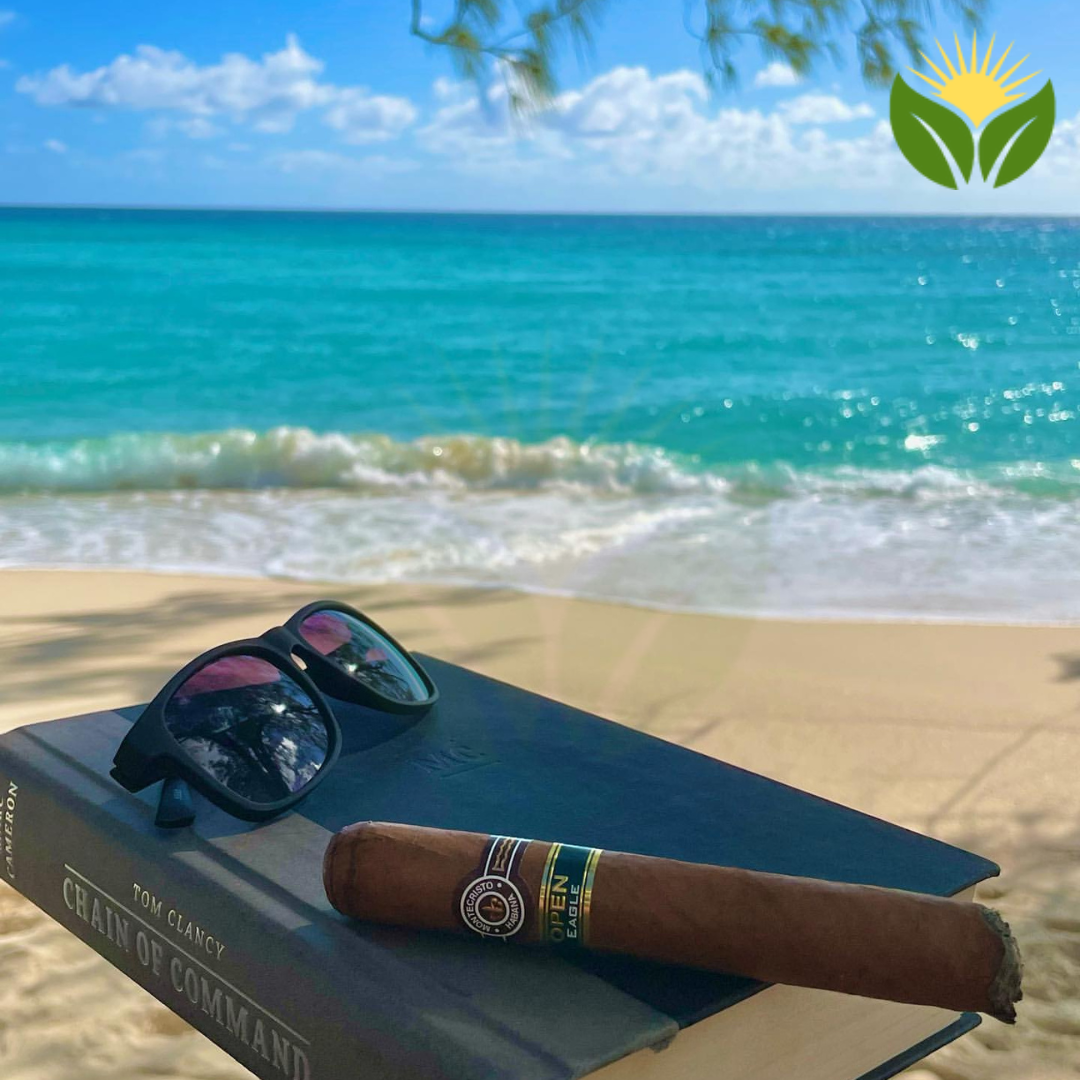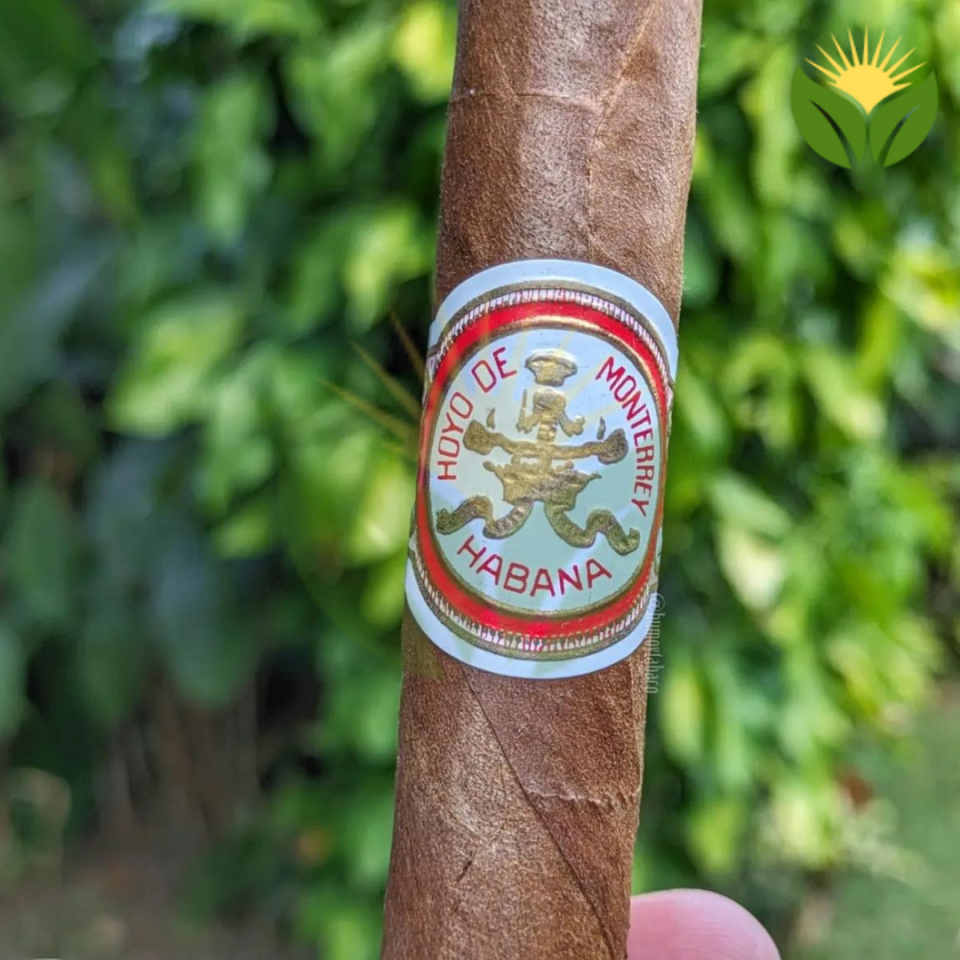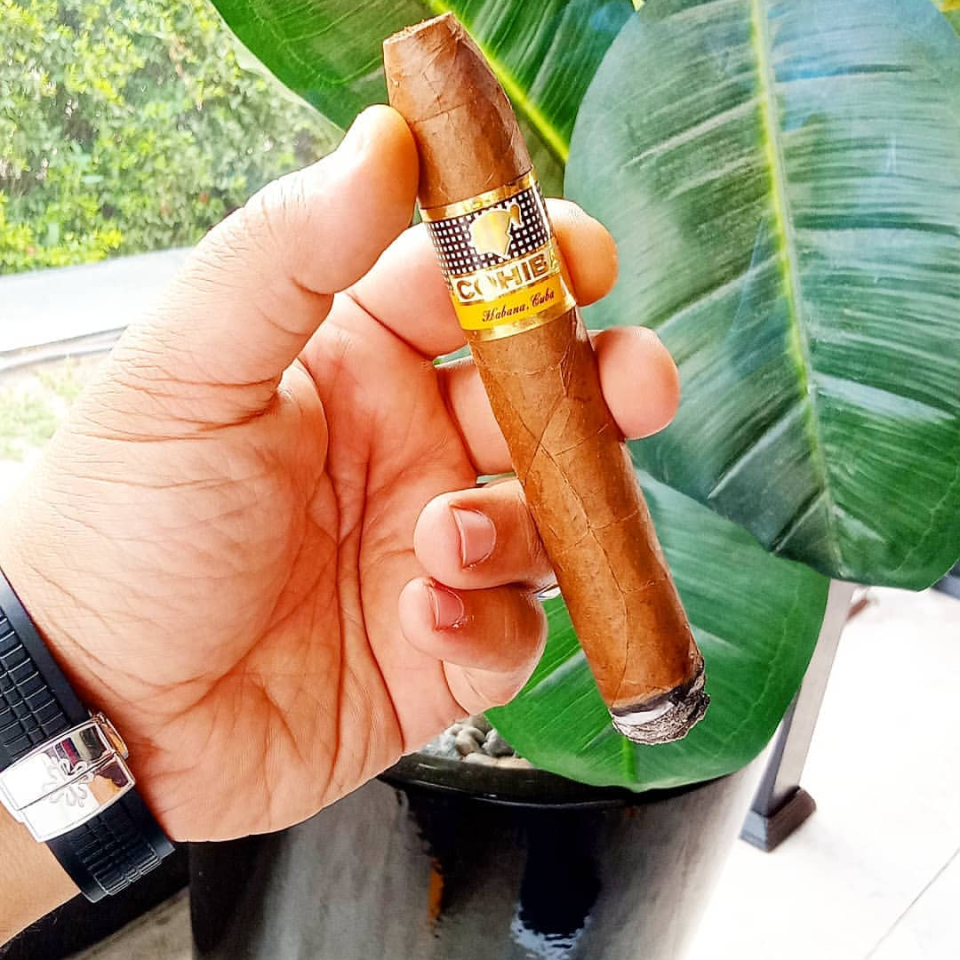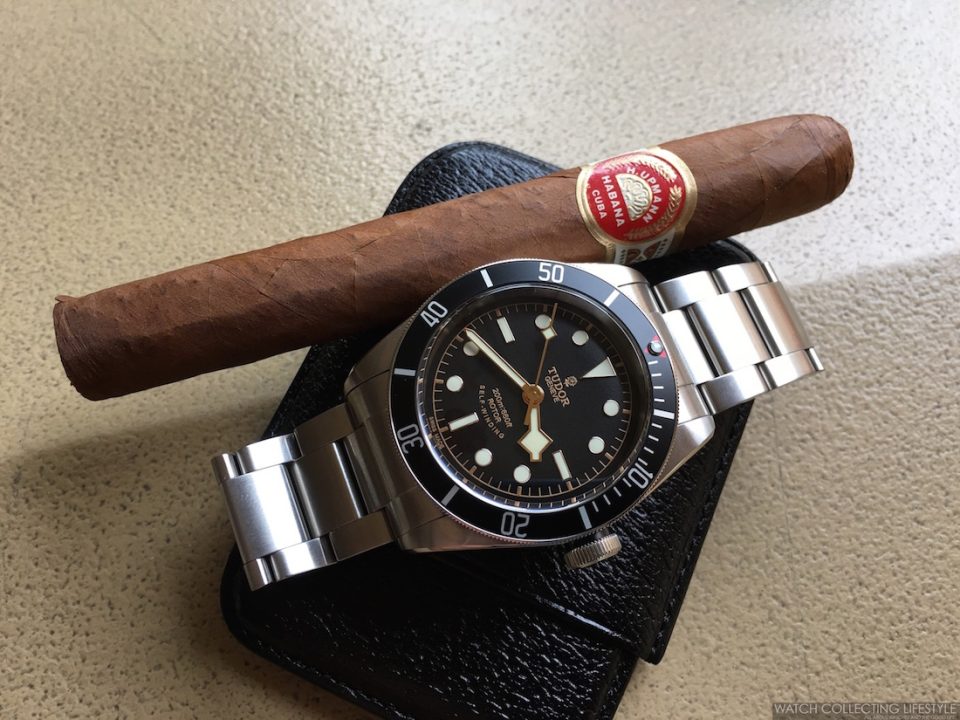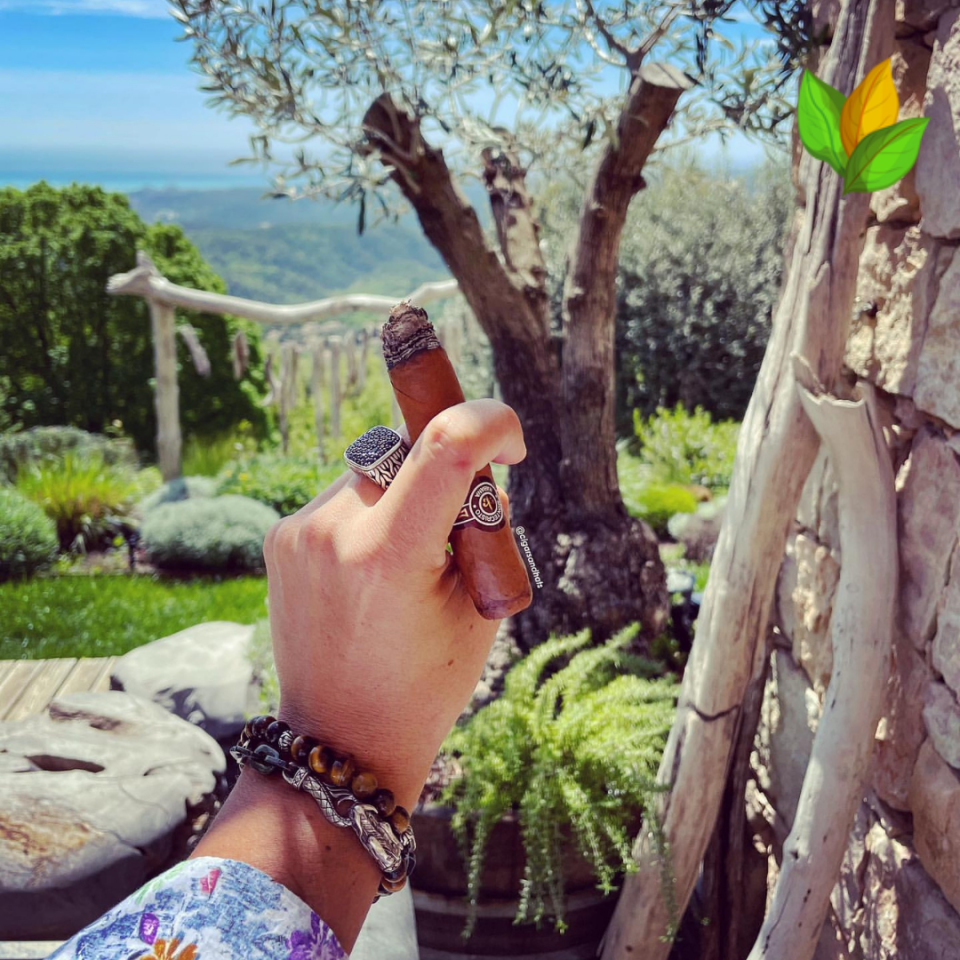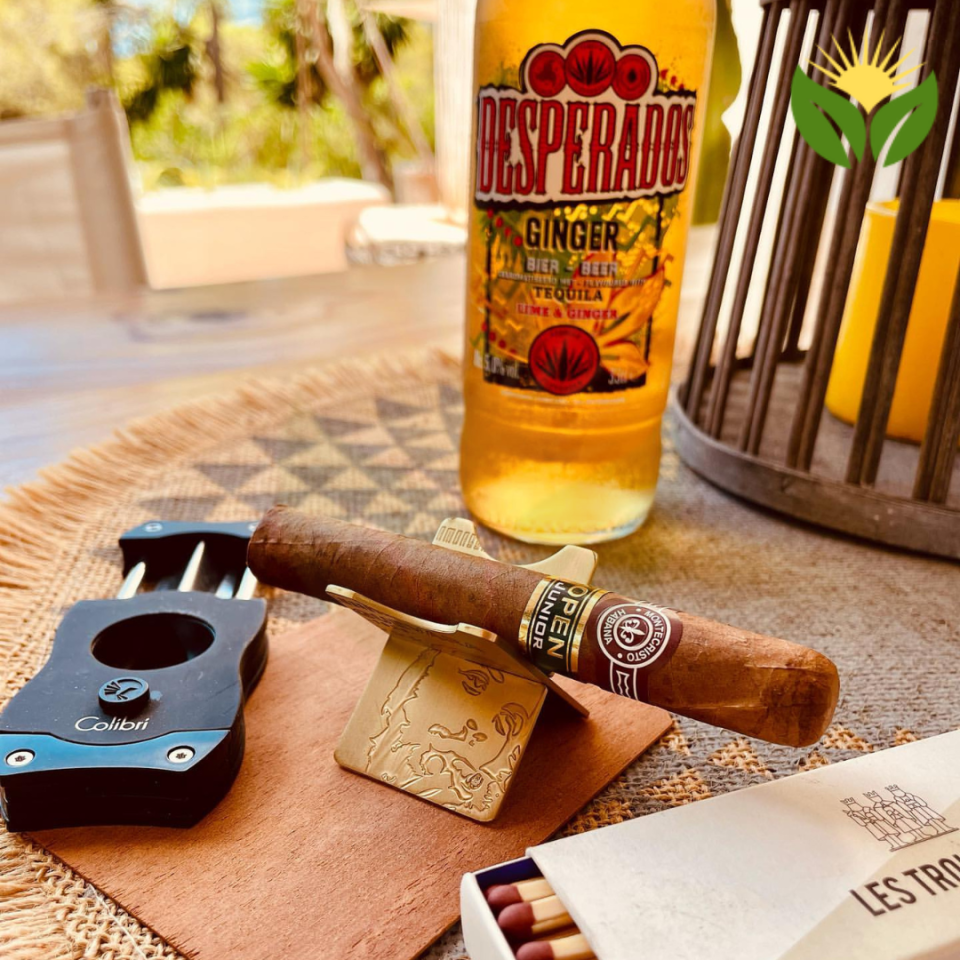Guide your selection, storage, and enjoyment of authentic Cuban cigars with practical methods for appraisal and provenance verification. You’ll learn to assess ring gauge, draw, and flavor, maintain ideal humidor conditions, and spot common counterfeits, enabling you to build and preserve a refined collection while savoring cigars with confidence.
Key Takeaways:
- Authenticate before buying: buy from Habanos-authorized shops or trusted retailers, check bands, packaging, and serial/tax stamps to avoid widespread counterfeits.
- Store and age properly: keep cigars in a humidor at ~65–70% RH and 18–21°C (64–70°F); controlled aging enhances complexity and smooths harsh notes.
- Match cigar to occasion and follow basics of technique: choose size and strength for your experience, use a proper cut and slow lighting for even burn; be aware of local import and smoking laws.
The Art of Cuban Cigar Production
Mastery of Tobacco Cultivation
You see Pinar del Río’s Vuelta Abajo produce the richest leaves thanks to limestone-rich soils and a microclimate of 22–28°C; farmers plant seedlings with roughly 50 cm spacing, top plants to concentrate sugars, and prime 6–9 leaves per stalk to control strength. Curing in secaderos takes 4–6 weeks, then pilón fermentation begins, where temperature and humidity are adjusted to reduce harsh alkaloids. The result: distinct ligero, seco and volado tiers that you can taste in the final blend.
Rolling Techniques: Craftsmanship and Precision
You watch torcedores—often after a 3–5 year apprenticeship—assemble 6–8 filler leaves by strength, add a binder, then finish with a wrapper and a triple cap for integrity. Skilled rollers commonly produce 40–80 hand-rolled cigars per day, using wooden molds for consistency on larger vitolas and freehand techniques for artisanal shapes, relying on touch to control draw and density.
You’ll notice the filler order—ligero toward the head for power, volado toward the foot for burn—determines both combustion and flavor evolution; binders provide structure while wrappers give surface aroma. Pressing in molds for brief intervals (seconds to minutes) stabilizes shape, followed by meticulous cap formation and torchless inspection. Quality control includes visual grading, ring-gauge and length checks, plus test-smokes from sample boxes before release, ensuring your cigar meets the house profile.
The Role of Aging: Secrets to Flavor Development
You encounter aging as an active phase: cigars usually rest 6–24 months in cedar-lined rooms at 65–70% RH and 18–21°C, where slow chemical reactions mellow ammonia and develop sweetness. Some houses extend to several years for Reserva lines, using both boxed and bulk-aging to refine oils and harmonize the blend so your smoke becomes smoother and more complex.
Longer aging encourages continued fermentation: phenolic and aldehyde compounds transform, reducing rawness and increasing tertiary notes like leather, cocoa and cedar. Cedar micro-oxygenation and volatile exchange in Spanish cedar boxes deepen aroma while bulk aging can accelerate homogenization across production batches. Producers monitor RH and temperature weekly, rotate boxes, and perform periodic tastings; you notice the difference when a 2-year-old release shows tighter balance than the same blend at six months.
The Flavor Journey: Understanding Profiles and Nuances
Exploring the Flavor Wheel: Notes and Aromas
You’ll use a flavor wheel that breaks Cuban cigar aromas into core families—sweet, floral, nutty, spicy, earthy, leathery—with subnotes like cocoa, espresso, cedar, black pepper, molasses and citrus peel. Scan for top-note (first draw), mid-palate (after 10–20 minutes) and finish (final third); a Cohiba often shows cocoa and cedar mid-palate, while a Vuelta Abajo puro may lean toward earth and pepper on the finish.
Factors Influencing Taste: Terroir and Processing
Soil and microclimate in Pinar del Río’s Vuelta Abajo give tobacco mineral and earthy backbone, while seed variety and plant position (ligero, seco, volado) determine strength and sweetness; fermentation (typically 3–9 months in multiple cycles) and aging (from 6 months up to several years for reserves) refine harsh ammonia and develop secondary notes you’ll detect.
- Seed/variety shapes inherent sugars and alkaloids.
- Soil, rainfall and sunlight in Vuelta Abajo influence minerality and oil content.
- Leaf position—ligero (top) = potency; volado (bottom) = combustion—affects body.
- Curing, controlled fermentation cycles and time-in-cellar smooth harsh edges and create complexity.
- Perceiving subtle caramelization from long, low-temperature fermentation helps you spot aged leaves.
Pile fermentation is run in controlled batches where internal temperatures often exceed 60°C to break down proteins and ammonia; producers commonly perform 2–4 cycles over 3–9 months, then age blends from 6 months to multiple years—longer aging (2–5 years) typically amplifies sweetness and rounds tannins. You’ll also note wrapper oiliness and burn evenness as indicators: an oily, even-burning wrapper usually signals thorough fermentation and stable humidity control.
- Watch wrapper sheen—oily indicates longer aging and developed oils.
- Firm, slightly springy feel suggests proper fermentation and packing.
- Even ash and steady burn show consistent leaf quality and construction.
- Perceiving a shift from peppery to sweet between first and second third signals well-managed fermentation and aging.
Pairing Cigars with Beverages: Elevating the Experience
Match cigar strength to beverage intensity: mild cigars pair well with espresso, Americano, or dry white rum; medium-bodied examples marry with 10–15 year rums, tawny ports or VS/VSOP cognacs; full-bodied Cohiba or Behike styles stand up to 18+ year rums, peaty single-malt Scotches or barrel-proof bourbons. Balance is the rule: avoid overpowering either element.
Pair by complementary or contrasting flavor: a Montecristo No.2 (medium-full) pairs with a 12-year aged rum or tawny port to echo cocoa and dried-fruit notes; an H. Upmann Half Corona (mild) works with an Amaro or espresso to highlight cream and almond; a full Cohiba Behike benefits from 18–21 year rum or peaty Islay Scotch to cut through oils—sip the beverage between draws, cleanse with water, and allow 45–90 minutes for the cigar’s flavor arc to unfold.
Labels and What They Indicate: Decoding Cuban Cigar Brands
The Heritage of Renowned Houses
You can spot legacy brands by names and house marks: Romeo y Julieta (founded 1875), H. Upmann (1844), Montecristo (1935) and Cohiba (created 1966, commercial 1982) each carry distinct bands, historical vitolas and consistent blends. Look for iconic shapes like the Montecristo No.2 torpedo or Montecristo Línea, which signal decades of refinement and a predictable flavor profile built from aged Vuelta Abajo tobaccos.
Newer Brands: Innovation Meets Tradition
You’ll find modern lines blending traditional Cuban leaf with experimental vitolas and finishes; Cohiba Behike (launched 2007) introduced Medio Tiempo and larger ring gauges, while San Cristóbal de La Habana (1999) targets different palates. Edición Limitada releases and boutique runs often showcase darker wrappers, atypical gauges and short production runs aimed at collectors and smokers seeking novelty alongside Cuban character.
Expect newer releases to emphasize rarity and technique: Behike’s BHK 52/54/56 sizes use Medio Tiempo leaves that yield oils and sweetness uncommon in mainstream lines, while Edición Limitada cigars frequently come from older, specially-aged binder and filler leaves and are offered in non-standard formats (50–60+ ring gauges or unique lengths). You should track annual Habanos releases and auction results to gauge market reception and aging potential for investment or cellar decisions.
Recognizing Authenticity: Signs of Quality
You can verify quality by checking bands for crisp, consistent printing and correct fonts, examining the box for a Habanos warranty seal and serial/barcode, and feeling for a well-formed triple cap and even filler density. Authentic boxes show factory stamps and date codes; uniform wrapper color and the absence of loose veins or tears also point to professional sorting and aging standards.
Examine the warranty hologram and serial against Habanos-authorized retailer listings or the Habanos verification procedures, and compare bands to official references—Cohiba’s distinct black-and-white pattern and gold lettering or Montecristo’s traditional brown/gold design are easy to match visually. Ask the seller for provenance (invoice, box codes) and verify cellophane printing and box interior stamps; inconsistencies in print quality, misaligned bands or missing factory codes usually indicate non-authentic or poorly stored product.
The Economics of Luxury: Price Determinants in the Cigar Market
Supply Chain Challenges and Their Impact on Cost
Limited arable land in Pinar del Río and the seasonal harvest force you to compete for a finite supply of Vuelta Abajo leaf, while state-controlled distribution through Habanos S.A. and multi-year aging (often two to five years for premium lines) add inventory carrying costs. Hand-rolling labor, specialized fermentation and quality-control sampling further raise per-cigar cost, and you feel that in final retail prices once export logistics, duties and boutique packaging are layered on.
Historical Context: Price Fluctuations Over Time
US embargoes since 1962 and periodic export restrictions created long-term scarcity that pushed black-market and collector prices upward, and you’ve seen modern spikes from increased global demand and taxation in key markets. Limited editions and auction markets amplified volatility, with sealed boxes fetching premium multiples over retail as collectors chased provenance and age.
Supply shocks such as Hurricane Irma in 2017 damaged significant acreage in Cuba, triggering short-term crop losses that tightened supply and lifted wholesale prices; you experience these shocks when distributors raise prices or allocations shrink. Policy shifts, tax hikes in countries like the UK and Germany, and targeted marketing of anniversary or regional editions have repeatedly created discrete price jumps you can track across decades.
The Influence of Counterfeit Goods on Brand Value
Counterfeit Cohibas and repackaged non-Cuban cigars sold as Cuban dilute perceived value and force you to pay a risk premium for verified provenance; many fakes trade at a fraction of authentic prices yet still harm brand trust. Habanos deploys holographic warranty seals and serialized authentication to help protect you, but counterfeit sophistication keeps pressure on premiums.
When you encounter a suspiciously cheap “Cohiba,” quality indicators like band printing, wrapper texture, draw and aroma often expose fakes; Habanos maintains an authorised retailer list and serialized seals with QR/barcode checks that you should use. Brand owners pursue customs seizures and legal action internationally, yet the easiest protection for you is to purchase from official distributors, inspect warranty seals and, if possible, verify box serials against Habanos’ authentication tools before accepting high-value purchases.
Rituals and Etiquette: The Cigar Experience
How to Properly Cut and Light a Cigar
You should use a sharp cutter—double-blade guillotine for a straight cut, a V-cutter for concentrated draw, or a punch for a smaller opening; remove roughly 1–2 mm of cap to avoid unraveling. Toast the foot first with a butane torch or cedar spill for 20–30 seconds while rotating the cigar, then take 3–4 gentle puffs to establish an even ember. Avoid direct contact between the flame and tobacco to prevent charring.
Engaging with the Community: Events and Social Settings
Attend local lounges, festival tastings, or monthly cigar nights to meet other aficionados; many gatherings last 60–120 minutes and feature 2–4 cigars per session. Offer to share cutters or extra ashtrays, ask before lighting someone else’s cigar, and avoid strong colognes that mask flavors. Noting a few clear scoring terms—balance, draw, burn—helps you contribute to tasting conversations.
Host or join a structured tasting to deepen connections: select three cigars in ascending strength (mild, medium, full), provide water, neutral crackers, and tasting sheets for aroma, flavor, body, and finish. Use specific pairings—12-year aged rum with medium-bodied Cuban largos, or an espresso with a bold robusto—to spark discussion. At larger events like the Habanos Festival you can network with retailers and blenders; at club nights exchange cigars and tasting notes to build lasting relationships.
The Importance of Proper Storage: Humidors and Beyond
Target 65–72% relative humidity and 16–18°C (60–65°F) for optimal aging; Spanish cedar linings help maintain humidity and enhance flavor. Use a calibrated digital hygrometer (salt test) and season a new humidor over 24–48 hours before stocking. Check levels weekly and avoid tap water—use distilled or propylene glycol solutions to stabilize humidity.
Choose storage by your collection size: travel humidors hold 2–5 cigars, desktop units 25–200, and cabinet humidors 500+; tupperdors with foam seals are cost-effective for large stashes. For revival of dry cigars, reintroduce humidity gradually—store at 55–60% RH for 1–2 weeks, then raise to 65–70% over the following 2–3 weeks to prevent wrapper cracking. Replace humidification devices as manufacturer recommends or switch to 2-way Boveda packs for low-maintenance control, and recalibrate hygrometers monthly.
Smoking Habits Around the Globe: Cultural Variations
Regional Preferences and Their Influence on Production
You’ll notice robusto (50–54 ring gauge) and corona (42–44) remain staples because lounges in Spain, Italy and much of Latin America prefer shorter, punchier smokes; Japan and parts of Asia often favor milder, smaller vitolas wrapped in Connecticut or Claro shades. Producers in Nicaragua and the Dominican Republic increase ligero leaf and darker wrappers to meet demand for fuller-bodied blends, while Cuban torcedores keep classic medium-to-full profiles for brands like Montecristo and Partagás.
Customs and Traditions: Approaching the Cigar Ceremony
You should match cutting and lighting to context: use a straight cut or punch on coronas, keep ash 2–3 cm to protect the burn, and pair cigars with café cubano or aged rum in Havana, whisky or cognac in London clubs. In celebrations across the Caribbean you’ll see communal boxes opened for guests; in Tokyo cigar salons the ritual is quieter, focused on slow draws and aroma evaluation.
You’ll deepen the ceremony by toasting the foot evenly before seating the cigar in the flame, using cedar spills or a butane torch to avoid chemical taint. Choose a punch for small ring gauges and a V- or straight cut for larger vitolas to control draw; when sharing, offer the cigar head-first to the host and avoid stamping out the ash—letting it fall naturally preserves flavor and etiquette.
The Role of Cuban Cigars in Global Luxury Markets
You’ll find Cuban labels—Cohiba, Montecristo, Partagás—anchoring luxury lists, with limited editions and aged boxes driving collector premiums. Authentic Cuban boxes often command higher secondary-market multiples, and you’ll see single cigars or sealed cajas trade at auctions and private sales where provenance, age and the Behike name can add significant value.
You’ll watch for Habanos S.A.’s limited releases and annual reserva lines when evaluating investments; the Cohiba Behike (introduced in 2006) and numbered Edición Limitada runs are typical high-demand cases. Verify warranty seals and holograms, store purchases at 65–70% RH, and expect specialty retailers and auction houses to price pristine, well-documented boxes several times above original retail.
The Future of Cuban Cigars: Challenges and Innovations
Environmental Concerns: Sustainable Practices in Production
You’ll notice more Cuban growers in Vuelta Abajo adopting crop rotation, organic composting and integrated pest management to protect soil and leaf quality; shade trees and contour planting reduce erosion on steep parcels. Some fincas are trialing drip irrigation and solar-powered curing barns to cut water and fuel use, while buyers in Europe and Asia increasingly demand traceability and eco-labels that can influence which farms you consider when sourcing rare batches.
Changing Regulations and Their Impact on Distribution
You still face the long shadow of U.S. trade restrictions—existing since 1962—which block legal retail imports into that market, while Habanos’ licensed network supplies over 100 countries under tight control. Tariff changes, stricter customs checks and booming online marketplaces have increased compliance costs and the flow of counterfeits, so your sourcing strategy must account for legal, logistical and anti-fraud measures.
Policy volatility after 2016 showed how quickly access can shift: temporary easing of some travel and trade channels was followed by renewed limits, demonstrating risk for retailers and collectors who rely on predictable supply. You’ll want to vet distributors’ certifications, insist on original seals and provenance documentation, and monitor excise and labeling laws—higher taxes in key markets often push price-sensitive customers toward parallel imports, forcing producers to balance margin, brand protection and local partnerships.
Evolving Preferences: How Consumers are Shaping the Market
You’re part of a market that has shifted toward shorter robustos, milder centro-finos and box-pressed formats that fit modern consumption patterns; limited editions and age-statement releases from Habanos (Edición Limitada lines) now drive collector demand and aftermarket premiums. Social channels and festivals accelerate trends, so your buying and cellar plans should track which vitolas and blends are trending.
Demographic shifts mean younger entrants often prefer approachable strengths and shorter smokes you can enjoy in an hour, prompting producers to reissue classics in compact formats and experiment with leaf sourcing from semi-remote Vuelta Abajo parcelas. You’ll find boutique collaborations and small-batch releases selling out quickly; keeping tabs on release schedules, auction results and regional sales data helps you anticipate which boxes will hold value and which styles are fads.
Summing up
Taking this into account, you can select authentic Cuban cigars by inspecting bands, seals, and dealer reputation, store them at proper humidity and temperature, learn cutting and lighting techniques, and practice tasting and pairing. With time your palate and confidence in assessing quality and aging will grow.
FAQ
Q: How can I authenticate a genuine Cuban cigar?
A: Inspect the box and cigar for official markings: a Habanos warranty seal, a precise barcode/serial on the box, and a high-quality band with fine printing and embossing. Check construction: a true Cuban has a well-applied triple cap, even wrapper with tight veins, consistent firm roll with slight give (no soft spots), and a clean, even foot aroma. Look for plume (fine white crystalline bloom) rather than fuzzy mold, and avoid cigars with off odors. Buy from an authorized retailer or directly from a Habanos distributor when possible; request original packaging and provenance when buying aged or expensive boxes.
Q: What are the best storage and aging practices for Cuban cigars?
A: Store cigars in a humidor maintained at roughly 65–70% relative humidity and 18–21°C (64–70°F). Use a calibrated hygrometer and a reliable humidification device—beads, gel, or electronic systems—and season Spanish cedar linings before use. Keep cigars in their boxes or on cedar shelves, avoid frequent temperature/humidity swings, and rotate stock periodically. Aging for several months up to years can mellow harsh notes and develop complexity; monitor periodically for flavor changes and proper humidity to prevent mold or over-drying.
Q: How should I cut, light, and smoke a Cuban cigar for optimal flavor?
A: Choose a cutter suited to the ring gauge: straight guillotine for most, V-cutter or punch for smaller gauges. Make a single clean cut just above the cap to avoid unraveling. Light with a butane torch or cedar spill—toast the foot first, then draw while rotating to achieve an even burn. Take slow, measured puffs (no deep inhalation), letting smoke rest in the mouth to assess flavor; pace the smoke to keep the cigar cool and avoid bitter overheating. Maintain an ash of about 1–2 cm before gently tapping; relight when needed, and discard if flavors turn unpleasant or construction fails.

